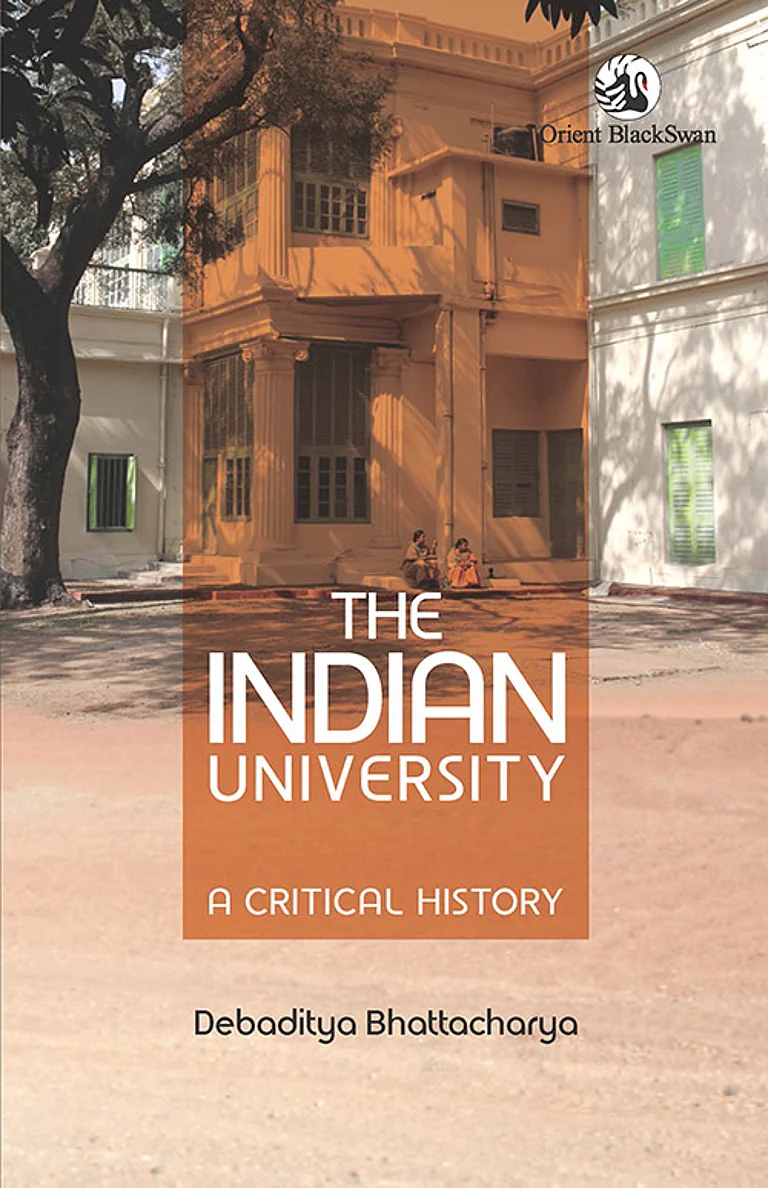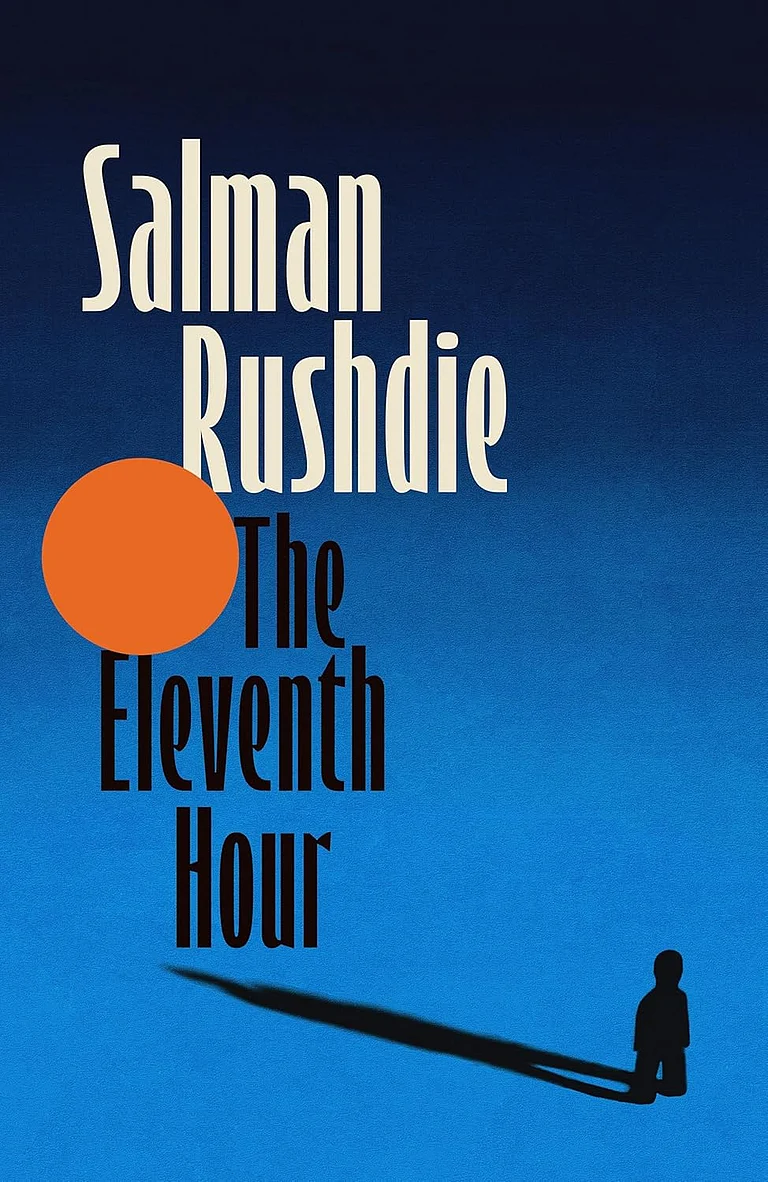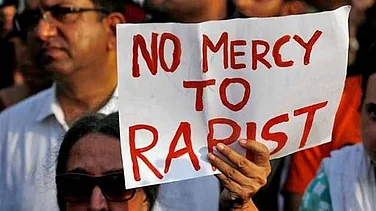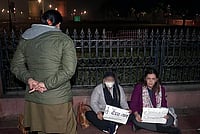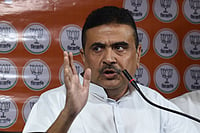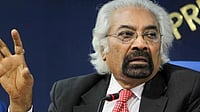Large-scale narco-trafficking through the Indo-Pak border, since Gen Pervez Musharraf came to power in a coup, and the sharp spurt in drug syndicates operating between Sri Lanka and Tamil Nadu have become the focus of the drug enforcement agencies fight against drug-running. This is manifest in the unprecedented seizures of heroin in the last four months which have led the Narcotics Control Bureau (ncb) and the Central Bureau of Narcotics (cbn) to believe that international narco-trafficking organisations are channelling their flows through India.
"These are two significant developments and we feel these drug cartels are using India as an exit point with impunity," says a senior ncb official. Surprisingly, there has been no major fluctuations in the traffic through the Northeast, where seizures have been minimal.
The facts speak for themselves. In 1997, the amount of heroin seized on the Indo-Pak border was 640 kg. In 1998, it was 650 kg while in 1999 the seizures amounted to 750 kg. But from November 1999 to date, there have been hauls of almost 270 kg of heroin from various parts of the country. Most of the heroin seized is of Pakistan-Afghanistan origin and is worth Rs 1 crore upwards for a kilogram in the international market.
The trafficking routes have been more or less the same. It is either through Punjab, Rajasthan and J&K along the border, and then on to Mumbai and Delhi for further points abroad in Europe and the US. Traficking routes have also been established via coastal Tamil Nadu for transport to Sri Lanka.
The drug enforcement agencies cannot afford an accurate explanation for the massive surge in drugs of late. "International traffickers normally seek the easiest and most profitable routes to established customers in the West. Most traffickers use the Balkan route to markets in Europe and the US," says a Directorate of Revenue Intelligence (dri) official.
From Pakistan, there are three basic smuggling routes. Heroin processed in north Afghanistan is smuggled through Pakistans tribal areas into Peshawar. They then pass through the provinces of Punjab and Sind in that country and on to the Arabian Sea. The air and sea ports at Karachi are conduits for heroin and morphine base destined for Turkey, Western Europe and North America.
From Afghanistan, the drug flow is through labs in the south - where they are further refined - to Turkey either through Central Asian countries or through Iran. And from labs in east Afghanistan, the route is through Pakistans North West Frontier Province.
"It is either that these routes have been hit by some problem like syndicate rivalry which explains the increased flow into India or that multiple trafficking routes are being used for the increased production," says an ncb official. The United Nations Drug Control Programme estimate is that there has been a record-breaking production of 4,500 tonnes of opium in Afghanistan in 1999.
"It is almost double the quantity since the previous year," says Rebba Nayyar, joint secretary in the revenue department. The exceptionally rich harvests in the last two years in Afghanistan, responsible for more than a third of the worlds opium and heroin, is telling in India.
The recent seizures has also thrown up another upsetting dimension, says the ncb, to the heroin inflows - the increasing involvement of Nigerian and Afghan couriers and a connection between Sri Lankan Tamils and Pakistani traffickers. "In most cases, these people are involved and we are trying to establish the bigger picture, if any," says a dri official. Some of them are deeply involved with the drug cartels but do not know the kingpins, hidden as they are behind a veil of secrecy. Officials point out that some of these couriers are paid as much as $10,000 to ship out a kilogram of heroin to destinations in Europe.
A glimpse of some recent cases involving these nationalities is revealing:
The routes from the Tamil Nadu coast to Sri Lanka which have sprung up has necessitated the beefing up of personnel to trap smugglers. ncb officials feel that these routes could have gone undetected earlier but have come to limelight because of the brazen tactics. Says P. Rajendran, an ips officer now associated with the ncb: "We have intercepted almost 85 kg of heroin between April 1999 till February this year and this has been the biggest cumulative haul in the last 15 years."
The seizure of 52 kg of heroin in December last year off the Kayalpatnam coast near Chennai brought to the fore the existence of a powerful drug syndicate between Tamil Nadu and the neighbouring island nation. Some of the couriers were arrested after taking an Indian Airlines flight from Colombo. However, authorities are yet to ascertain if the consignments have a link with the Liberation Tigers of Tamil Eelam. "We do not have any proof, though we know that they do handle shipments for procuring arms," says an IB official. In fact, the Coimbatore-Kozhikode-Thiruvananthapuram Indian Airlines route has also become a favourite smuggling route.
It has also come to light that many shipments are destined for Bangladesh. Seizures of 12 kg heroin in Lucknow and another 32 kg in Calcutta by the authorities revealed that Dhaka was the exit point. "Once again, the heroin was of Pakistani origin and the couriers were arranged in Pakistan itself," points out a dri officer.
That India is an important trans-shipment point for heroin from Southwest Asia - an angle of the infamed Golden Triangle - and Southeast Asia is not new. That the consignments are destined for Europe is also not new. But what is new - and particularly worrying - is the increased flow, and the short period that it has occurred in.
Some other officials in the ncb have another spin to the rising seizures. "It may well be the case of abundant heroin looking for newer routes," says one official. In that bid, traffickers are becoming ruthlessly competitive and violent. It is clear that traffickers are viewing heroin as a growth industry.









